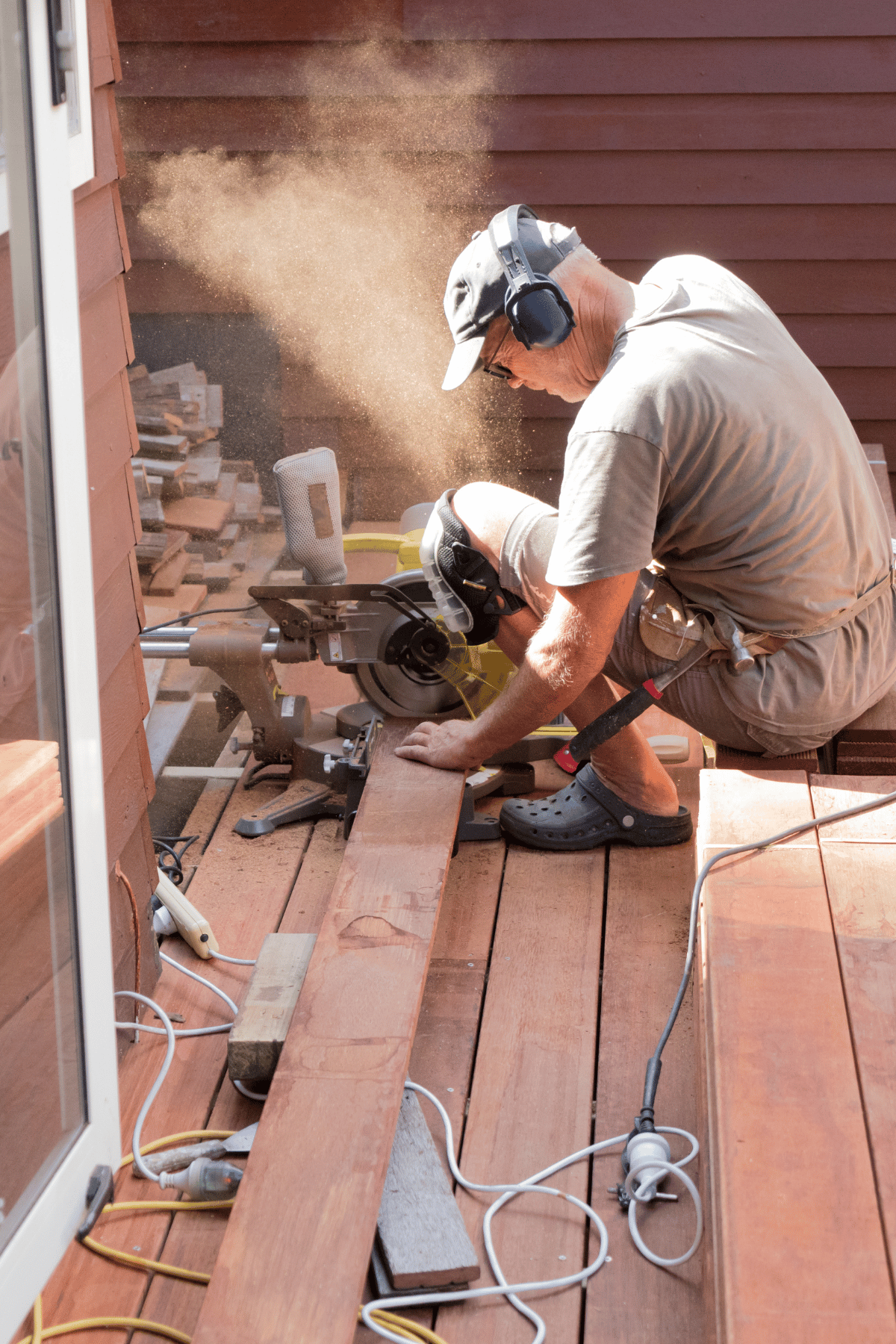DECKING
Adding a Timber Deck
Building a timber deck is a fantastic way to enhance the aesthetics of your home, creating a warm, natural extension of your living space that blends beautifully with outdoor surroundings.
Timber decks add a touch of elegance and charm, offering a visually appealing platform for outdoor furniture, plants, and decor that can instantly elevate the look of any backyard or garden area. The natural tones and textures of timber bring warmth and character to your home’s exterior, making the space more inviting. Additionally, timber is highly versatile, allowing for a range of design options, from sleek, modern layouts to rustic, classic styles, so you can customise the deck to complement your home's architectural style.

A well-designed timber deck can increase your home’s street appeal and value, creating an attractive feature that prospective buyers will appreciate.
With a timber deck, your home gains both beauty and functionality, becoming the ideal spot for relaxation, entertaining, and enjoying nature.
What on-going maintenance is required for Timber Decking?
Timber decking requires regular maintenance to keep it looking great and to extend its lifespan.
Here are some key maintenance tasks for timber decking:
- Cleaning
Regular cleaning is essential to prevent the buildup of dirt, leaves, and mildew. Sweep the deck frequently to remove debris, and wash it every few months with a mild detergent and water or a specialised deck cleaner to remove stains and algae. - Sanding
Over time, timber decks can develop rough patches and splinters. Lightly sanding the surface once a year can help smooth out imperfections, ensuring a comfortable and safe surface for barefoot walking. - Sealing, Staining, or Oiling
To protect timber from moisture, UV rays, and weather damage, apply a deck sealer, stain, or oil every 6–12 months, depending on the product and climate. This layer helps prevent the wood from cracking, fading, and warping. Make sure the deck is clean and dry before applying any protective coatings. - Inspecting and Repairing
Periodically inspect the deck for signs of damage, including loose boards, nails, and screws. Check for rot, especially in humid or rainy climates, and replace any damaged boards to maintain the deck’s stability and appearance. - Mould and Mildew Control
Timber decking can be susceptible to mould and mildew, especially in shaded or damp areas. Use a diluted bleach solution or commercial mould remover as needed to keep the deck looking fresh and safe. - Checking for Termites or Pests
Timber decks, especially untreated wood, can attract termites and other pests. Regularly inspect for signs of infestation, such as hollow sounds, tunnels, or wood dust, and consider pest control treatments if necessary.
With these routine maintenance steps, your timber deck can remain beautiful, safe, and durable, providing you with a stunning outdoor space for years to come.
